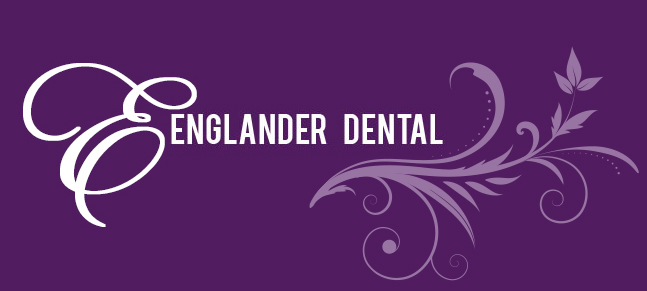Our expertise with crown bridges, implants, dentures, and other restorative dentistry are the fastest way back to a strong bite and beautiful smile.

Crowns
A crown, or cap as some people call it, is a tooth restoration for many purposes. A crown is a tooth-like restoration that is used to cover up the tooth.

Fixed Bridges
A bridge is used to replace one or more missing teeth in a patient’s mouth. A bridge is an extension of a crown because the procedure is a lot the same.

Implants
Implants are an amazing treatment option to replace missing teeth. A titanium post is placed into the bone and fuses into place. A crown is then placed on top of the post.

Dentures
A removable denture is used to replace missing teeth in a patient’s mouth. The difference between a denture and a bridge is that a denture can be removed while a bridge is cemented in.

Removable Appliances
Bruxism is a condition in which you grind or clench your teeth. Some people are not even aware that they do this and may unconsciously clench their teeth together during the day or at night while they are sleeping.
